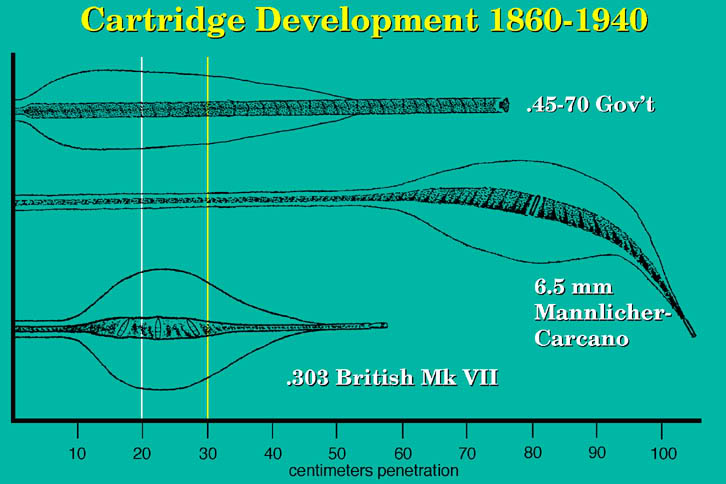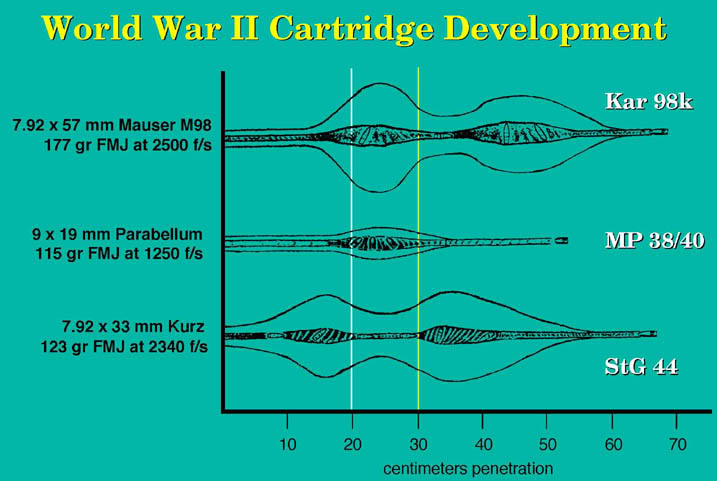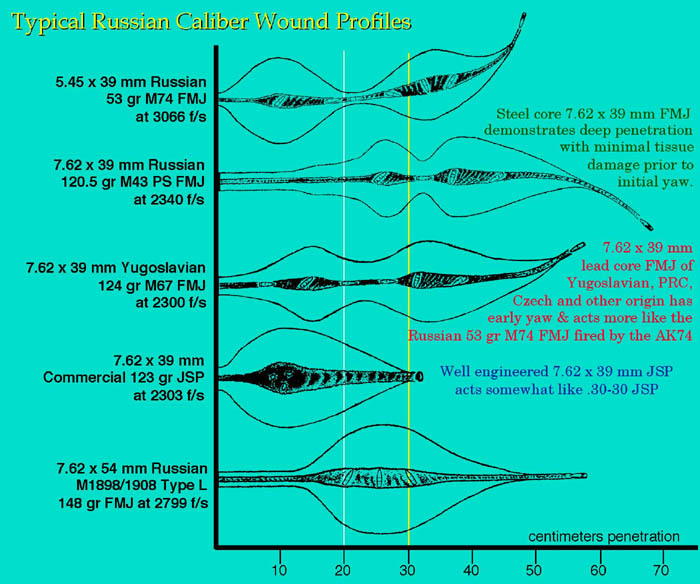Sorry kid, but you have absolutely no clue what you're talking about.
I would guess the real problem is he knows enough to be confident, but not enough to know he shouldn't be. It's pretty common around here.
And barrel length has no influence on accuracy between these two rifles, the design & build quality has, and the K98 is better on both accounts.
I'll take personal experimentation over historical accounts, over logically arrived at "best guesses", any day. Barrel length is always important for accuracy, but if you say the difference is negligible, I'll take your word for it. I don't always trust historical accounts - just look at the rosy reviews RO1 gets from people not happy with RO2 for whatever reason. RO1 has become a benchmark unjustifiably because of good memories of playing it. I also don't trust arguments based on pure logic, unless there is no better option.
I will point out though that what you can do with the weapon may not be what the average guy in the field would be able to do. So he might remember his rifle as being much better then the enemy's because he didn't die. It is also possible for a weapon to be useless in the hands of an amateur, but devastating in the hands of a professional.
The MkB for example is a reversal of this, but still the same idea. It is less capable at any one role than the weapon it was designed to replace. In the hands of an amateur it is a killing machine, but only in comparison to an amateur using the SMG or rifle. People remember it as some sort of elite weapon because it was very rare. The reality is this weapon was meant to be the basic weapon every raw recruit gets before he learns how to do a specialist role, it is not an elite weapon like a sniper rifle or SMG that is designed to do one thing very well.
One rifle might be more accurate on the range than the other when the two soldiers are in a perfect firing position taking carefully aimed shots. But in actual usage in combat, you very rarely if ever get to fire your rifle from a perfect stance. You will be engaging targets rapidly at intermediate ranges and need to be able to quickly bring the rifle to bear on widely separated targets. Combat is nothing like range shooting. So a shorter weapon may be less accurate at 800m but more effective at 400m. You can hit a target more easily because the weapon is easier to handle, so the difference in accuracy is not noticeable or may even appear reversed.
On the range you shoot to be accurate, in the field you shoot to be effective. On the range, you aim for the bullseye, and get used to thinking you can hit an eyeball from 100m. In the field, you aim at the centre mass (hips) and get used to rarely knowing if you even hit the guy. The two types of shooting are very different and can't really be compared that closely.
To me, the average German rifleman will be more effective (meaning hitting the enemy, not just what was aimed at) than the average Russian rifleman because his weapon is more general purpose and his training more detailed and complete.
Still, I'll take your word for it that the German weapon was the superior weapon technically. It's hardly a surprise, after all. What did the Germans make that wasn't technically superior to just about anything anyone else made at the time?
So obviously German snipers definitely did not prefer the Mosin over the K98k
No, not obviously at all. The feel of the weapon is the biggest factor for a sniper. He should be much more accurate with any weapon than the standard rifleman due to his training, so he's not looking for technical superiority, he's looking for what will get the job done
for him. Some might prefer a longer weapon, some might prefer s shorter weapon. A sniper might like to use the enemy's weapon in order to disguise his presence. He might go for a weapon that will have easily available parts for field repairs.
In other words, the inherent accuracy of the rifle because of its design is less important than the factors that come into play when you live and fight with the weapon. On paper the K98 might be superior, but personal preference and training will always trump technical superiority.
You say there is no example of a sniper taking the K98 over the Mosin, but this is where the problem is: You can not trust historical accounts that much. It might 'never' have happened because it was prohibited and such instances would not be put on paper. I know this much, when I was in the army, the first thing you tried to do was replace all the worn out old stuff you were issued, with stuff that did it better. You just had to make sure you still had the other stuff so you could pass inspection when needed. I never went to war, but if even during peace time soldiers are constantly modifying their loadout to suit their personal preference, even if it means breaking rules, I would assume "never" is unlikely and "sometimes" is more accurate. If a sniper is in the field and his K98 takes a round through the stock and shatters, he will use whatever weapon he can get his hands on, and he will still expect to be a better shot than the average joe.
One thing I found when I was in the army, going in I was all gung ho about the different weapons and how they are best used and so on. Then I ran smack into reality. Soldiers don't give a ****. It throws lead in the general direction of the enemy - that will do. What they DO care about is how much time and effort they have to put into getting that rifle where it needs to be in order to fire that round effectively. I could hit 500m targets easily, but if the thing is so heavy and awkward that I HAVE to hit long range targets like that, then I'll be in deep **** when it's close and tight... or when I had to walk for two days before starting the fight, or when I've been fighting for 10 hours and the enemy are still coming.
My point is, the soldiers really don't care about their tools as much as you do. They are just tools. The right one does the job properly, but even the wrong one can be made to work if you are skilled, and you never rely on the tool to work properly when you need it.






